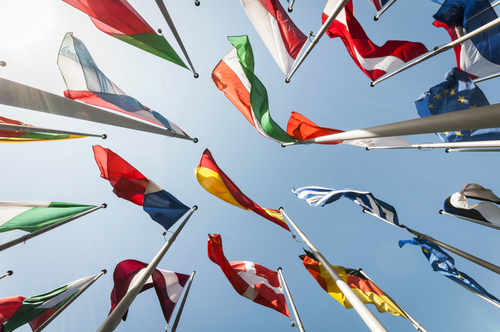Did you know that nearly every country in the world either has stars, stripes, or crosses on its flag? But behind these simple shapes are centuries of meaning and identity. Flags of the world tell stories about who we are, what we’ve overcome, and what we believe in.
At Remitly, we know that a sense of belonging matters. Living in a new country often means balancing two worlds: your roots back home and your life abroad. And national flags are one way to bridge that gap—offering insight into identity, history, and connection. In this article, we’ll explore colour meanings, famous symbols, and the surprising stories flags of the world can reveal.
The language of colours in flags
Colours are often the first thing people notice when they see a flag, and each shade has something different to say.
Universal colour meanings
Across the world, some colours appear again and again because they carry strong associations:
- Red: courage, sacrifice, or revolution
- Blue: loyalty, freedom, or justice
- Green: prosperity, nature, or religion
- White: peace, purity, or harmony
- Black: strength, determination, or mourning
These meanings aren’t fixed, but they do create patterns in how nations express identity, values, or beliefs.
Colours in different cultural contexts
Of course, colours don’t always mean the same thing everywhere. The same shade can carry very different meanings depending on the country.
Take green, for example. Libya once had a plain green flag, chosen to represent prosperity and Islam. For Nigeria, green is all about lush farmland and natural wealth. Meanwhile, in Brazil, the flag’s green background refers to its imperial past and the royal House of Braganza.
Powerful colour combinations
Sometimes, it’s the mix of colours that makes a flag stand out. These combinations often carry historical weight and shared identity or ideals.
Ethiopia’s flag inspired the red, yellow, and green found on many Pan-African flags. Across the Middle East, the black, white, green, and red of Pan-Arab flags symbolise unity and independence. And the familiar red, white, and blue trio of the British, American, and French flags has come to represent democracy and revolution—spreading to other nations inspired by their struggles.
Flag symbols and what they mean
Beyond colours, flags often include shapes and icons that carry centuries of meaning.
Stars and their significance
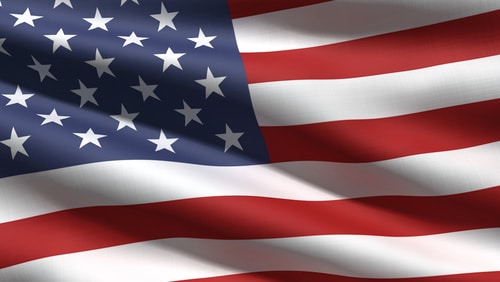
Stars are one of the most recognisable and widely used flag symbols in the world. While they’re simple and visually striking, they also carry deeper meaning—like unity, aspiration, or guidance.
The United States flag is perhaps the most famous example, with its 50 stars representing the country’s 50 states. In China, the large star symbolises the Communist Party, while the four smaller stars represent the people united under its leadership.
You’ll also find the Southern Cross constellation on the flags of Australia, New Zealand, and Brazil. In the Southern Hemisphere, this star pattern has long served as a navigational guide—and on flags, it reflects national identity tied to geography, history, and the night sky.
Stripes across nations
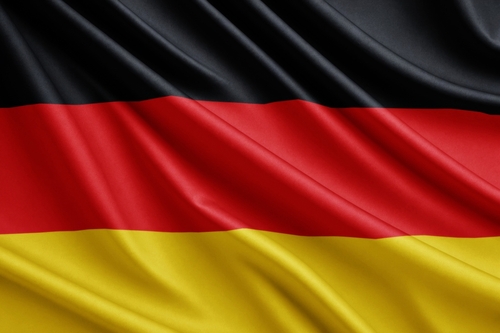 Stripes are another common feature on national flags, and their direction can shape their meaning. Horizontal stripes often represent equality or unity, while vertical stripes may convey strength and resolve.
Stripes are another common feature on national flags, and their direction can shape their meaning. Horizontal stripes often represent equality or unity, while vertical stripes may convey strength and resolve.
Germany’s black, red, and gold stripes are rooted in its 19th-century struggle for democracy. In Thailand, five horizontal stripes stand for the nation, religion, and monarchy—core pillars of Thai society. Across Africa and Latin America, striped flags became powerful symbols of independence, inspired by earlier revolutions in Europe and North America.
Religious and cultural icons
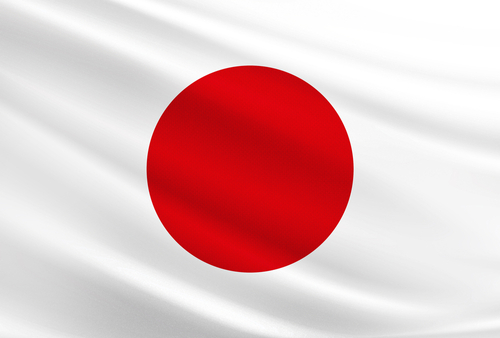
Many flags feature symbols rooted in faith and tradition. England’s St George’s Cross and the Nordic crosses of Scandinavia reflect Christian heritage, while the crescent moon is a widely recognised symbol of Islam, especially in Middle Eastern flags. Other flags highlight cultural icons, such as Japan’s rising sun or Canada’s maple leaf.
Not all flags represent nations. The rainbow Pride flag, Australia’s Aboriginal flag, and regional banners like those of the Basque Country or Catalonia show how communities express identity, pride, and solidarity.
Famous stories and surprising facts about flags
Every flag tells a story, but some have shaped history—or sparked curiosity—in unexpected ways.
Flags that changed history
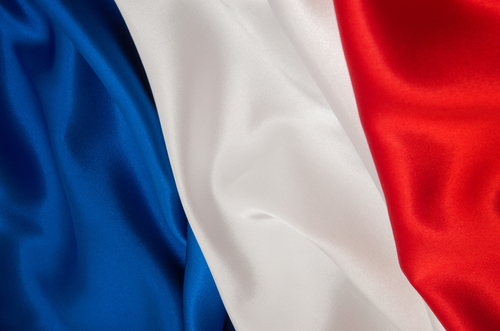
France’s tricolour flag, born during the Revolution, became a global symbol of liberty and inspired countless other nations. South Africa’s post-apartheid flag, adopted in 1994, tells another kind of story—its bold “Y” represents unity and the coming together of a once-divided nation.
Nepal also stands out—it’s the only country in the world with a non-rectangular flag. Its two stacked triangles reflect the peaks of the Himalayan mountains, while the sun and moon reflect a hope that the nation will last as long as the celestial bodies.
Unexpected flag facts
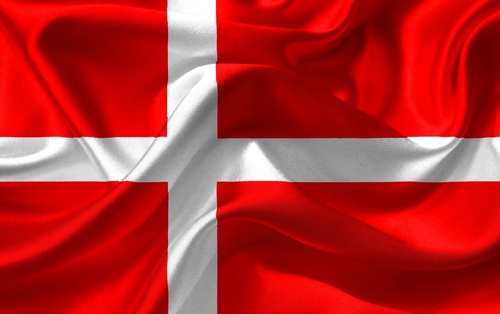
Flags aren’t always as straightforward as they seem. Denmark’s banner is the world’s oldest still in use, dating back to 1219. Switzerland and Vatican City stand out for their rare square shape, while Mozambique’s flag famously features an AK-47—one of the only national flags to include a modern firearm, and a symbol that still sparks debate.
The role of flags in identity
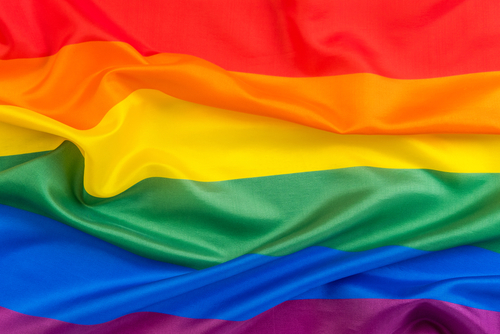
Flags are a powerful way for people to express who they are. For immigrants and expats, a flag can evoke pride, comfort, or even complex feelings about both home and host countries. At protests, sporting events, or cultural festivals, flags become rallying points—a visible way of saying, “We’re here, and this is who we are”.
Flags in the UK and what they represent
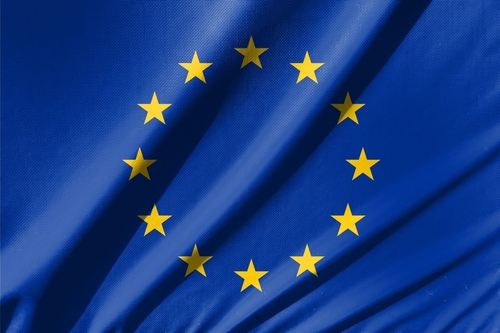
If you’ve moved to the UK, you’ll quickly notice that flags here carry deep meaning. Understanding them can help you feel more at home during local traditions, bank holidays, and everyday conversations.
The Union Jack explained
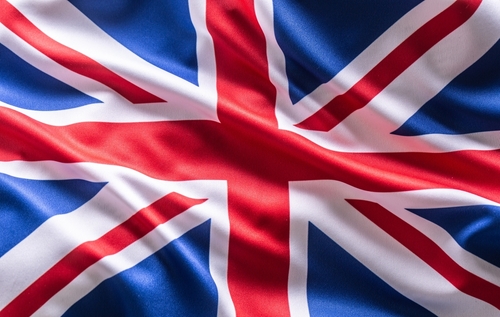
You’ve likely seen the Union Jack, but did you know it’s actually a combination of three older flags?
- The red cross of St George (England)
- The white saltire of St Andrew (Scotland)
- The red saltire of St Patrick (Ireland)
This design is more than just a national emblem—it’s a visual representation of the UK’s political history. Wales isn’t included in the Union Jack, as it was already united with England when the flag’s earliest version was created.
Regional and national flags
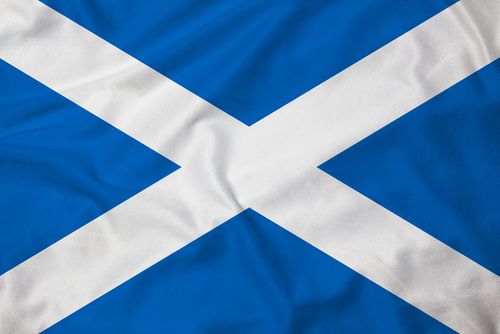 In addition to the Union Jack, each part of the UK has its own distinct flag. England flies the red cross of St George, Scotland uses the blue-and-white saltire of St Andrew, and Wales proudly displays its red dragon. Northern Ireland is more complex; while it doesn’t have an official flag, the red saltire of St Patrick is sometimes used to represent the region.
In addition to the Union Jack, each part of the UK has its own distinct flag. England flies the red cross of St George, Scotland uses the blue-and-white saltire of St Andrew, and Wales proudly displays its red dragon. Northern Ireland is more complex; while it doesn’t have an official flag, the red saltire of St Patrick is sometimes used to represent the region.
Modern changes to national flags
Flags often feel timeless—but they’re not immune to change. When a country’s story shifts, its symbols sometimes follow.
Recent redesigns and new nations
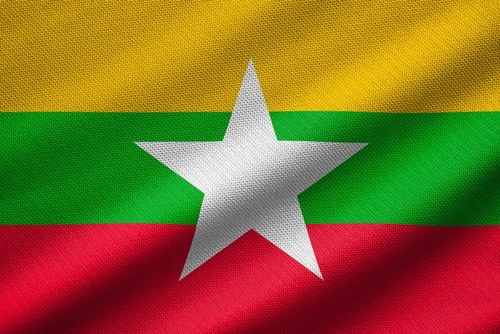
Flag redesigns often reflect turning points in a nation’s history. In 2010, Myanmar adopted a new tricolour flag with a bold white star to signal a fresh political era. South Sudan, the world’s newest country, introduced its flag in 2011 after gaining independence—its colours representing unity, struggle, and hope.
Debates and proposals
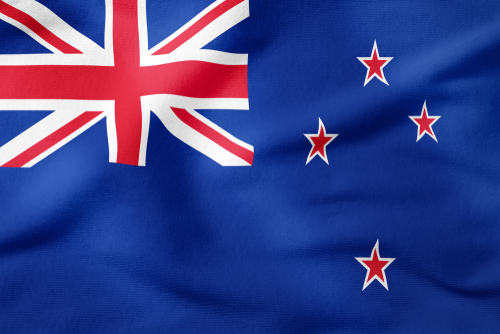
Not every flag change goes smoothly. In 2016, New Zealand held a nationwide referendum on whether to replace its long-standing flag, which features the Union Jack and the Southern Cross. The alternative design had strong support, but in the end, voters chose to keep the existing flag.
In the United States, the state of Mississippi recently redesigned its flag in 2020, retiring a version that included the Confederate emblem. The new Magnolia flag was chosen to reflect unity and growth, replacing a symbol long associated with division and racial injustice.
These debates remind us that flags are powerful emotional symbols—and changing them is rarely straightforward.
How to understand and use flags in daily life
Flags aren’t only for textbooks or history lessons. They’re part of everyday life—especially for people living abroad.
Flag etiquette and protocol
Every country has its own rules, but the core principle is respect. That usually means not letting a flag touch the ground, flying it the right way up, and avoiding unauthorised changes to its design. These small details matter because flags are seen as symbols of pride and history.
Travel and international events
Flags also play a powerful role in global moments. At Olympic opening ceremonies, international summits, or embassies abroad, they stand as reminders of national identity. Seeing so many together highlights the rich diversity of the world.
Festivals bring flags to life in a different way. At London’s Notting Hill Carnival, for example, streets burst with colours from across the Caribbean. For immigrants, spotting your flag in the crowd can create an instant sense of connection.
Practical tips for flag learning
With nearly 200 national flags out there, learning them all can be a challenge—but also a fun way to explore world cultures. Here are a few tips to get started:
- Start with regions: Focus on one continent at a time—Africa this week, Europe the next.
- Use apps and quizzes: Free flag games can help you learn while having fun.
- Look for patterns: Notice common colours or themes, like the Pan-African red, yellow, and green.
Even if you never memorise them all, recognising just a few can make travel more interesting. Spotting a flag and knowing its story turns it from just a design into something you can connect with.
Shared humanity through flags
Flags may differ in design, but the values behind them often connect us. They remind us that identity is both deeply personal and universally human.
Universal values behind symbols
When you strip away the colours and shapes, most flags reflect the same core human values: unity, freedom, courage, and hope. A red stripe might symbolise sacrifice in one country and revolution in another—but in both cases, it speaks to people’s struggles and dreams of a better future.
Flags as bridges for immigrants
For many immigrants, flags carry layered meaning. Your home country’s flag can feel like a lifeline—something that connects you to your roots, memories, and loved ones. At the same time, your new country’s flag can slowly take on its own significance as you build a life, make connections, and embrace new traditions.
Waving one flag doesn’t erase the other. Instead, it reflects how identity can stretch across borders. That’s the beauty of flags: they create space for both pride and belonging.
Where to learn more
If this topic has sparked your curiosity, there are many ways to explore further. Local museums often have exhibits on national symbols, and cultural centres sometimes host talks about heritage and identity. International gatherings—from sports tournaments to United Nations assemblies—offer powerful moments to see flags in action.
So next time you spot a flag, take a moment. Look closely at the colours, the shapes, and the meaning stitched into its fabric. Behind every flag is a community of people who share the same hopes for recognition, connection, and belonging.
FAQs
Which country has the most complex flag design?
The flags of Belize and Sri Lanka are known for being some of the most complex in terms of design. Belize’s flag includes a detailed coat of arms, while Sri Lanka’s features a lion with a sword and bold cultural symbols.
Why do so many flags use similar colours?
Shared history plays a large role. Many revolutions inspired one another, and former colonies often adopted colour themes from influential movements or colonial powers. Bold shades like red and blue are also practical—they stand out clearly from a distance.
How often do countries change their flags?
Rarely. Most flags remain the same for decades. When changes do happen, it’s usually tied to major events like independence, political shifts, or the creation of a new nation.
What makes a flag design effective?
Simplicity and meaning. The best flags are easy to recognise and remember, and they carry symbols that genuinely resonate with the people they represent.
